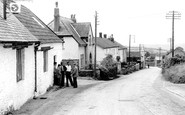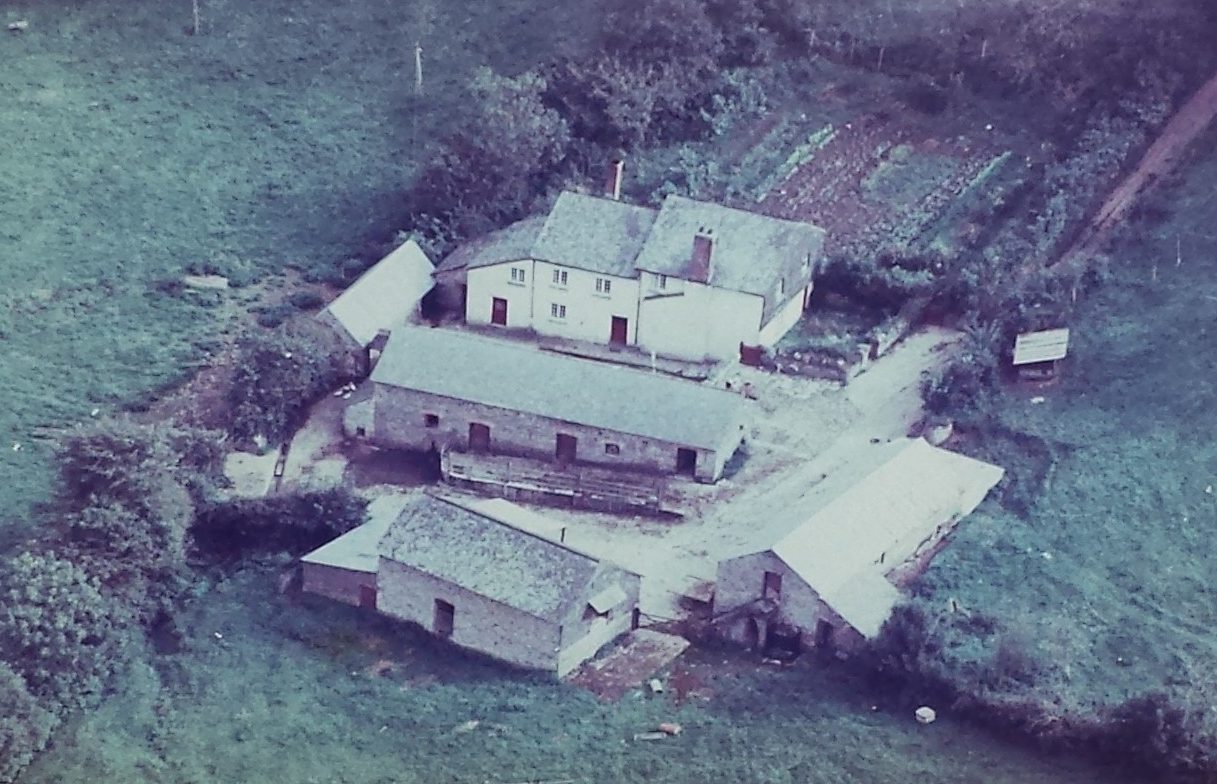The History Of Bratton Fleming (The local village) and RyePark House
Bratton Fleming’s history begins with its name, the word ‘Bratton’ probably originates in old English and means ‘land cleared for cultivation’. By the time of the Doomsday book (1086) there were six manors in what is now the parish of Bratton Fleming, the oldest being Knightacott, which is just up the road from RyePark and believed to have originally owned the fields where RyePark is situated.
Following the Norman Conquest of Britain in 1066, Bratton was given to Erchenbold le Flemynge (Archibald the Belgian); hence Bratton Fleming gained its present name. At this time Bratton was a small community of a dozen or so farmers and smallholders. The le Fleming family were Lords of Bratton Fleming for nearly 400 years until Thomas le Fleming who died childless in 1471. Bratton then passed to the Dillon family who lived at Chimwell (Chumhill), just outside the main village and in 1599 they sold the manor, for £9,900 to the Chichester’s of Youlston (near Shirwell).
In 1667 the advowson of Bratton passed to Gonville and Caius College, Cambridge, who kept it till recently. In 1705 the college presented their first Rector, Bartholomew Wortley. On his retirement at age 55, he was given the living of one of the colleges’ patronages, in his case Bratton Fleming. It would have been expected that worthley would have lived his last few years in peace, however Wortley died in 1749 at the age of 97! At his death Wortley was a very wealthy man, and he left much of his fortune to his old college. Gonville and Caius still hold a dinner in his honour every other year and a scholarship “for a man from Bratton Fleming” still exists.
Bratton can also lay claim to Henry de Bracton a famous jurist who was the first person to attempt to write down the practice of English common law. De Bracton’s work was the principal book on the laws of England for over 500 years. Although two other places can lay claim to him Bratton Clovelly and Bratton Court (near Minehead), In his lifetime Henry signed himself ‘de Bratton’ which could of course apply to any of the locations, however it is known that his principal patron was William de Raleigh the village’s first Rector who had no connections with either of these other locations.
Although not much is known about the history of Ryepark, it is believed that it was built around the 17th century. Traditionally the fields Ryepark is situated on were used for growing rye hence the name, this took place until about the 1950’s and handwritten accounts of the harvests have been found on various farm buildings.
In the early 19th century Bratton was much smaller than it is today with no houses above where Northgate House stands now, the population was around 500 and there were several pubs and inns in the parish including the only one still standing, which recently closed, the White Hart. In Many ways, including the surrounding countryside and visual appearance of the village had not changed for many centuries, This Began to change though as 1898 the Lynton and Barnstaple narrow gauge railway opened, Bratton Fleming had a station and the rail track ran partly along what is now the road leading off button lane towards the zoo (Stowford), remnants of the railway can be seen across the local area, including a stone bridges and a viaduct that ran over the track in line with the turning to Stowford and on that road at the top of the drive.
In 1838 the new Rector Humphrey Pinder, began to restore many parts of the village. The church and its various properties were dilapidated, Pinder raised a large mortgage and began to repair these properties. Among the works carried out were the rebuilding of the church chancel and the construction of a new Rectory (now Bracken House). Pinder was also keen in the establishment of the National School (now the village hall) in 1841 and In 1913 Bratton was described as having the ‘best school buildings in Devonshire’ and giving ‘the best education of any elementary school in the county’.
During the 20th century Bratton Fleming, like almost every community across the country lost men to war, its location 7 miles from Barnstaple meant that some of the widely accepted utilities arrived late, mains electricity did not come to the village until 1954 and mains gas will probably never arrive. At this point, RyePark had been owned for many generations by the Heal family, but in 2002 the house and stone barns were sold off separately to the main farmland and modern buildings.
In recent years Bratton Fleming has greatly expanded, with new homes being built, a new village playground on the site of the old cricket green, and newly built sports club with a large clubhouse and permanent cricket and football pitches just outside the village; the village also has a small shop. And in Spring of 2015 RyePark gained its current owners, the McCarthy family.



